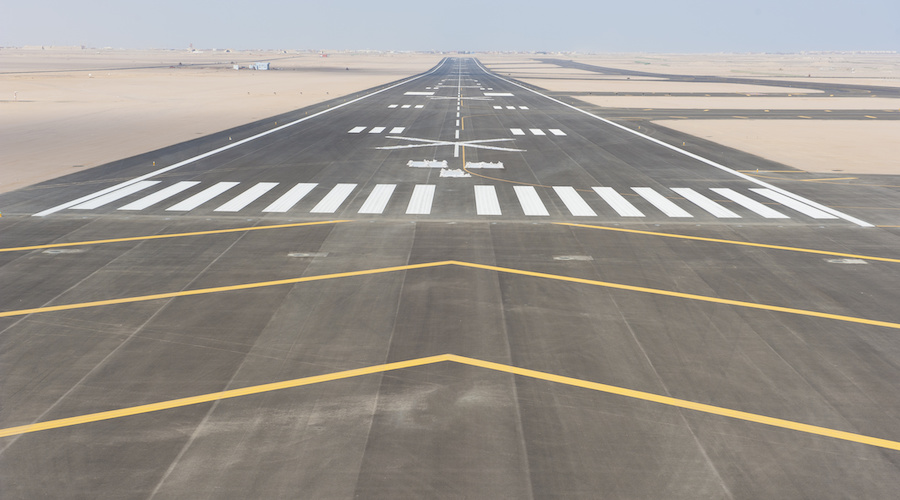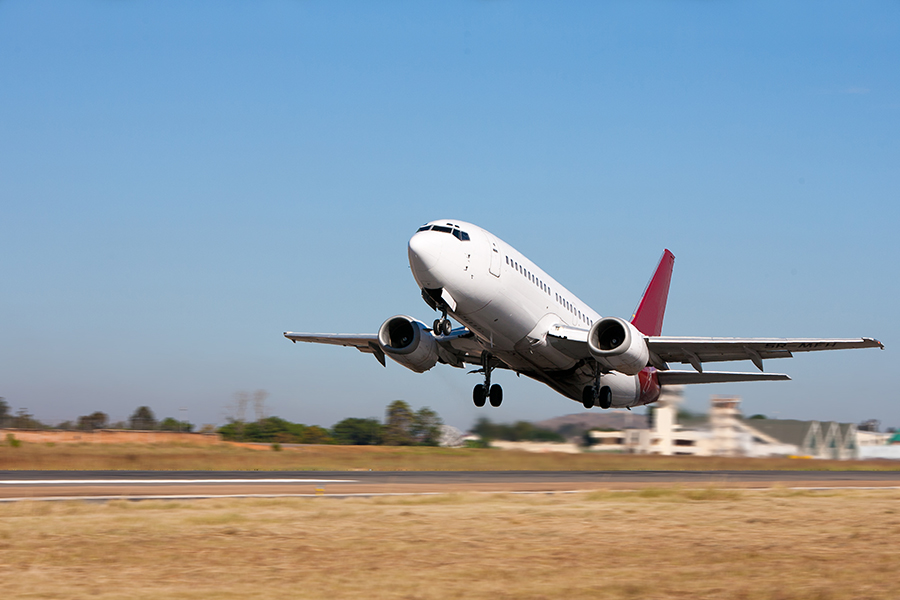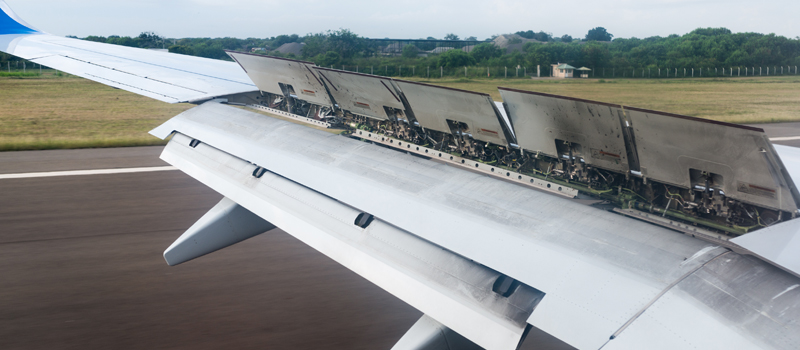In the United States, an average of 1,600 runway incursions occur annually. According to FAA data, general aviation (GA) pilots are responsible for almost half of these events. Yet, despite the FAA citing runway incursion reduction as one of their top priorities, we have not seen a sustained or substantial reduction in occurrences.
Given the high potential for fatalities from an aircraft incursion onto an active runway, it’s important to understand what constitutes a runway incursion, how they can happen, and what we can do to prevent them.
Runway Incursions Defined
The International Civil Aviation Organization (ICAO) defines a runway incursion as “Any occurrence at an aerodrome involving the incorrect presence of an aircraft, vehicle or person on the protected area of a surface designated for the landing and take-off of aircraft.” In this definition, the “surface designated for the landing and take-off of aircraft” refers to the movement area, that part of a towered airport under control by air traffic control (ATC), including runways and taxiways.
The FAA categorizes a runway incursion using two measures, type, and severity. There are three types of runway incursion;
- Operational Incidents – Occur due to the action of an Air Traffic Controller. Two examples of an operational incident are clearing an aircraft onto a runway when another aircraft is landing or taking off or issuing a take-off clearance while another aircraft or vehicle is occupying the runway.
- Vehicle/Pedestrian Deviations – These are pedestrians or vehicles entering runways or taxiways without ATC authorization. This deviation could be a vehicle crossing a runway hold marking before receiving ATC clearance.
- Pilot Deviations – A pilot’s actions that violate Federal Aviation Regulation (FAR). Examples include entering an active runway, landing, or taking off without clearance.
The runway incursion severity measure uses five categories that consider an aircraft’s speed, proximity, environmental conditions, evasive action taken, and the available reaction time. These categories are;
Accident – an incursion that resulted in a collision
Category A – A serious incident in which a collision was narrowly avoided
Category B – An incident in which separation decreases with significant potential for collision, which may require time-critical corrective or evasive action to avoid a collision
Category C – An incident with ample time or distance to avoid a collision
Category D – An incident meeting the definition of a runway incursion but with no immediate safety consequences

How Do Runway Incursions Occur?
The most infamous runway incursion occurred on March 27, 1977, when two Boeing 747 aircraft collided at Los Rodeos Airport in Tenerife. A KLM aircraft was attempting to take off while a Pan Am aircraft was taxiing down the runway, shrouded in fog. All passengers onboard the KLM flight and most Pan Am passengers died, with 583 fatalities and 61 survivors.
The subsequent investigation cited the cause of the accident as the KLM captain’s decision to take off under the mistaken belief that he had received take-off clearance.
While 40-years have passed since that tragedy, it appears we continue to make errors with the potential for similar outcomes. In 2016, the FAA studied runway incursion data, finding that 66% were classified as pilot deviations. Of these, 50% occurred due to the pilot failing to hold short of a runway, failing to follow ATC instructions, or departing without clearance.
When investigating the contributing factors, almost 62% of the incidents were due to communication errors, and a further 27% to pilot distraction, inattention, or confusion. The three major areas contributing to runway incursions are a failure to comply with ATC instructions, lack of airport familiarity, and non-conformance with standard operating procedures.
Runway Incursions Are Increasing
A Transport Canada report from September 2000 found that the continuing upward trend in runway incursions is not a result of increased awareness and reporting. It comes from a range of factors resulting from increased air traffic volume. Modeling undertaken for the study found that a 20% increase in traffic volume on a single runway increased runway incursion potential by 140%.
Due to volume increases, new methods have been enacted to increase airport capacities, such as parallel runway operations, land and hold short operations (LAHSO), simultaneous intersecting runway operations (SIRO), and intersection departures. ICAO, FAA, and the NTSB have all found that these airport capacity-enhancing methods have the potential to cause human error.
As risk mitigation, the FAA proposed changes to ATC and flight crew procedures, including:
- Mandatory read back of taxi route clearances
- Increased emphasis on ICAO standard radio phraseology
- Use of exterior lighting to enhance aircraft identification
What We Should Focus On
As pilots, we have a duty of continuous learning to ensure currency and competence. Here are some focus areas to prevent runway incursion events.
Taxi Procedures
Towered airports are busy places with considerable distractions. The practice of sterile cockpit procedures is as important when taxiing as when landing or taking off. All non-essential activities and conversations should cease while maintaining situational awareness outside the aircraft.
Once you have crossed from the apron or ramp onto the movement area of the airport, no movement or action may be taken by you without prior clearance from ATC. A complete read back is required when a taxi clearance is received, and be sure to write it down or mark it on your airport diagram.
While you cannot move without ATC clearance, it remains your decision as pilot-in-command whether to do so. If you are in doubt or have a concern, you should inform ATC. No penalty accrues to you if you consider you are unable to comply with an instruction safely.
Communication
Know your radio equipment, frequencies, and read back expectations. The opportunity for misunderstanding increases when people are broadcasting on the wrong frequencies, not being concise, using the wrong language, and failing to read back key clearances in their entirety. If you learned to fly in a small airstrip in the country where “traffic in the vicinity” calls were as busy as it got, take some time to study up and practice before heading to a major hub.
Knowing key phraseology is critical to preventing runway incursions. Hold short, cross and line-up-and-wait are three important clearances with very specific meaning. They also require complete read back to ensure you have heard, understand, and intend to comply.
- “Hold short of the runway at taxiway Bravo” means exactly that. Do not cross the holding position marking with any part of the aircraft until a further clearance is received from ATC.
- When cleared to cross a runway, it is only that specific runway you may cross, and you still have a duty to ensure it is safe to comply by using your eyes and ears and keeping your attention out of the cockpit.
- Line up and wait is not an instruction to take off. Line up on the runway and wait until ATC clearance is received. If time passes without clearance, confirm with ATC that you should continue to hold.
Lights, signage, and markings
See and be seen is a mantra for flight and also when taxiing. Before you start your engine, the rotating beacon must be on; however, you should also switch on all other lights except your landing light when you begin taxiing. Be considerate with your strobes if they might adversely affect other aircraft. The landing light should be switched on when crossing a runway and cleared for take-off.
Know your runway holding signage and marking. These are the equivalent of a stop sign on the road. The holding sign is denoted by large white numbers, outlined in black, on a red background. The holding marking on the ground consists of four yellow lines, two solid and two broken. You’ll encounter the solid lines first when approaching the runway, and you’re required to stop before any part of the aircraft crosses those lines. You must not cross or pass these marks until ATC clearance is received.
Summary
Airport congestion is unlikely to ease any time in the future, with air traffic continuously increasing while new airport approvals face delays due to environmental and social pressures. We can expect that the threat of runway incursions will remain, requiring us to be on our guard when flying and taxiing.
If in doubt while taxiing, don’t be afraid to ask ATC for progressive taxi instructions. Prevent distractions by using sterile cockpit procedures and maintaining situational awareness. Above all, remain conversant with signage. If something feels wrong, stop, and ask for assistance.
We have a safety obligation to ourselves, our passengers, and fellow pilots. Let’s stay current on the risks, and learn the mitigations to prevent runway incursions.




